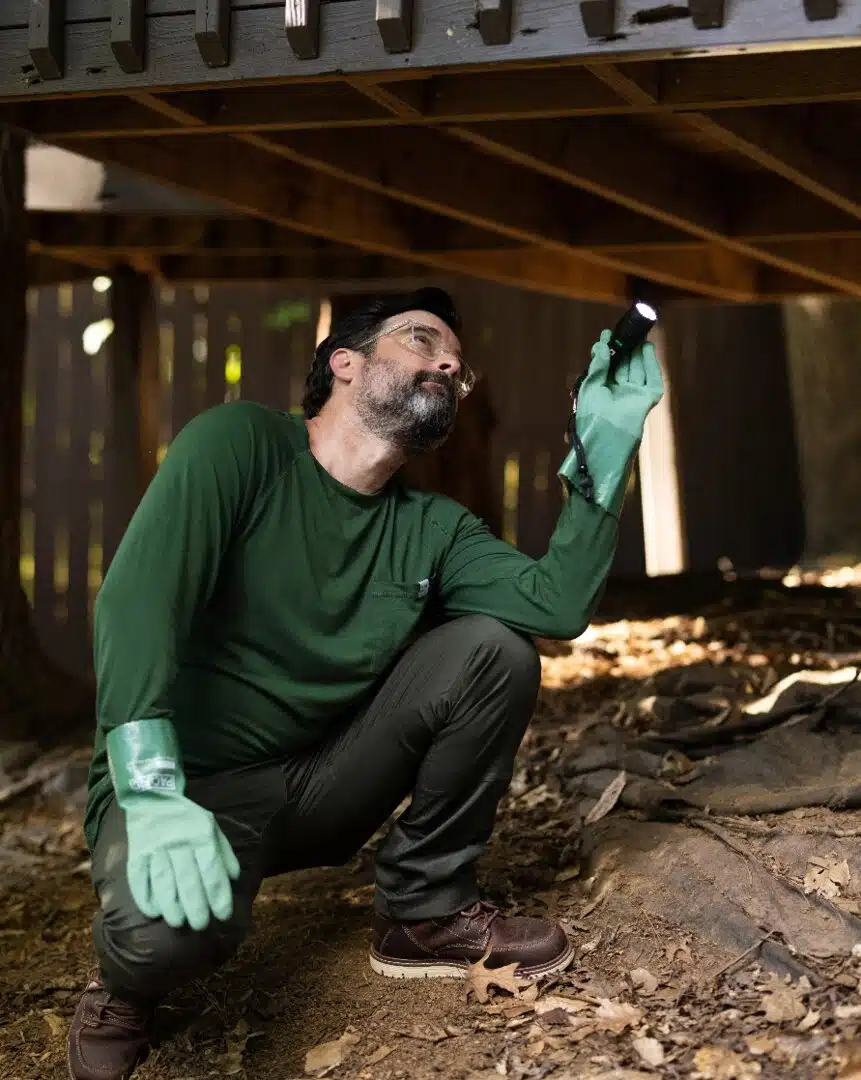Understanding Pill Bugs
Identification of Pill Bugs
Pill bugs, often referred to as roly-polies due to their ability to roll into a ball when threatened, are small, segmented crustaceans, not insects. They are distinguishable by their rounded backs made up of armored plates, seven pairs of legs, and antennae. Typically, they are gray in color and can grow up to 3/4 inch long. Recognizing these critters is essential for homeowners to coexist with or manage their presence around the home.
Types of Pill Bugs
While pill bugs are commonly clustered under a general label, there are actually several species within the group. The most familiar species are the common pill bug and the striped pill bug, which have slight variations in their armor patterning and habitat preferences. Understanding the differences can aid in recognizing their habits and the environments they prefer.
Life Cycle of Pill Bugs
Pill bugs experience a lifecycle that includes eggs, several juvenile stages, and adulthood. Females carry eggs in a pouch where they hatch, releasing juvenile pill bugs that look like miniature adults. These juveniles molt multiple times, shedding their exoskeletons to grow. The entire life cycle can last up to two years, during which they can reproduce multiple times, increasing their population under favorable conditions.
Habitat Preferences of Pill Bugs
Pill bugs thrive in moist environments and are often found in damp areas around homes such as basements, flower beds, and under rocks or logs. They play a beneficial role in the ecosystem by breaking down decomposing material, which enriches the soil. However, they can wander into homes during extremely wet or dry seasons in search of more suitable habitats.
Prevention Tips for Homeowners
Managing moisture is key to keeping pill bugs at bay. Ensure proper ventilation in basements, crawl spaces, and attics. Redirecting water away from the home’s foundation with proper grading and gutters and removing piles of debris near the home can also decrease pill bug numbers. Repairing any leaks and using dehumidifiers in damp areas can further help in reducing the conditions that attract these creatures.
General Observations and Tips
While pill bugs are harmless and do not pose any health threat to humans, their presence might be undesirable for some homeowners. Understanding and controlling environmental factors is the most effective way to manage their populations. Being familiar with their lifecycle and habitat preferences provides a proactive approach towards limiting their presence around living spaces without the need for intervention.
